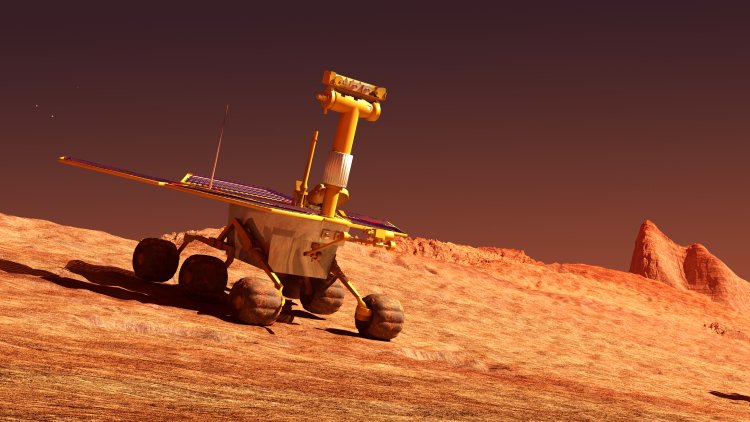InSight probe on Mars runs out of power
The Seismological and Meteorological Station, which has been conducting scientific studies on Mars since the end of 2018, is anticipated to send its final data packet to Earth coming days.

The mission of the InSight lander on Mars appears to be coming to a conclusion after four years and 1,445 Martian days. Since November 2018, NASA's probe has been there. She bore into the ground, analyzed weather conditions, recorded earthquakes and asteroid impacts on the planet's surface, captured sounds, and generally provided scientists with a wealth of fresh information about Mars.
Because InSight is built as a stationary solar-powered lander with only the ability to move the robotic arm and other equipment, dust accumulation on the photovoltaic panels that generate electricity for work is a major issue for it. Previously, NASA attempted to clean the panels using the unique approach of sprinkling sand on them, but this did little to prolong the mission's end. When it was revealed in May of this year that InSight's robotic arm would be placed in "retirement," it took a farewell selfie before its final movement.
Met expectations
InSight has lasted on Mars with little action until now, and it appears that its energy reserves are running low. As a result, NASA has released a snapshot that will almost certainly be the last for this space science spacecraft. It has been stated that InSight will continue to interact with mission control for as long as it is capable, but that it will be "decommissioned" in due course.
"Don't worry about me, my time here has been useful," they said on the official Twitter account, including a farewell photo from Mars, among other things. On it, we can see a portion of the terrain, the probe's base, and the seismometer SEIS, which is placed on the ground near the probe by a robotic arm. This equipment is responsible for the discovery of some of the largest tremors on Mars in recent years, allowing specialists to investigate the planet's interior composition from a distance of 100 million kilometers.
Scientists' expectations were fully satisfied, if not exceeded, by the mission. She captured almost 500 tremors, hundreds of images and sounds, and extensive information about Mars' weather conditions. The mission lasted more than twice as long as the probe's estimated lifetime, which was originally scheduled at around two (Earth) years.
Post by Bryan C.





























